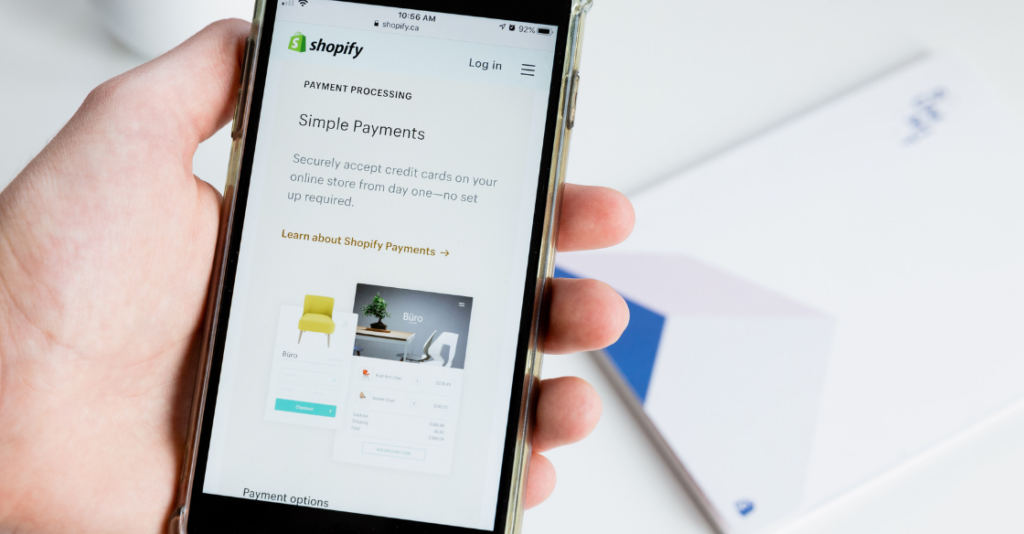In the aftermath of the pandemic, online retail sales experienced a dramatic jump.
This shift presents a massive opportunity for retail businesses, whether you’re 100% online, purely brick and mortar, or both.
Consumers who swore that they would never submit payment information online for fear of identity theft are now handing over their details online to get access to products and services.
And it’s not just e-commerce businesses that are enjoying the benefits of the rising tide. Brick and mortar retailers can also grow their bottom lines by accepting payments online or over the phone.
For example, a buyer can potentially order from your business online and have their items delivered via a local courier or available for contactless pickup. Even if concerns over spreading illnesses like Covid-19 disappear entirely, we have now entered into a “new normal” that involves consumers being accustomed to the convenience of online payment processing.
This guide will outline the various options you have for accepting mobile payments and processing online transactions.

Accepting forms of payment other than cash is nothing new, but you might not have put too much thought into the logistics. With an increase in revenue of 32.4%, online payments now make up close to 20% of all retail spending. Whether your customer is using a physical credit or debit card or using a service like Apple Pay or PayPal, a retailer needs to have a way to collect the payment. This is where payment processors come in. They act as a payment gateway to accept and process payments.
Between you, the merchant, and the cardholder, other players are involved that facilitate the transaction. These parties include an acquiring bank that processes payments and an issuing bank that extends credit to cardholders to make payments. Like ISOs (independent sales organizations), other organizations could also provide merchant services for e-commerce businesses and retailers.
A lot is happening on the backend of these processes. Still, the good news is that online payment processing systems are designed to work seamlessly, allowing you to accept various payment methods without needing to install a ton of equipment or have someone on staff managing the nitty-gritty details.
The number of online payment methods continues to expand, and keeping up with consumer preferences is essential to maximize your conversion rates.
At a minimum, consider accepting these popular payment methods:

To maximize your online revenue potential and create a delightful customer experience, we recommend following these online payment processing best practices:
It’s estimated that 87% of consumers abandon an online shopping cart if the checkout process is too long or overly complicated. Ensure that your checkout process has as few steps as possible while maintaining brand consistency across each screen a buyer encounters.
Data breaches are becoming increasingly common, and the stakes are high for businesses to protect their customers’ information. Ensure that any payment provider you’re working with has prioritized security.
There’s no uniform standard charge for the myriad of payment methods available. Different credit cards charge varying fees, and there’s also variation among methods like Apple Pay, Stripe, PayPal, etc. In addition to these fees, you’ll also want to consider other costs involved in online payment processing, such as hardware and software and technical integration with your existing business infrastructure.
If someone fraudulently makes a purchase (or several purchases), you could be out a lot of money. This can be particularly devastating if you’re a small business. Companies that have newly gone online can be more susceptible to fraud because they don’t know what to look for. They see a slew of orders come in, and they begin to celebrate without seeing telltale signs of fraud such as different shipping and billing addresses, mismatched IP addresses, and substantial charges.
When a customer files a chargeback, you might have already shipped the items, putting you in a challenging position financially. The best course of action is to have automated fraud detection in place so that you can evaluate any suspicious transactions.
Online payment processing is a must, not just for e-commerce businesses but also for physical retailers. At Accredited Interchange, our team of payment industry experts is committed to providing businesses with customized design solutions tailed to their unique needs. Over the years, our customers have achieved massive cost savings compared to our competitors while enjoying the personalized service that comes standard with Accredited Interchange.